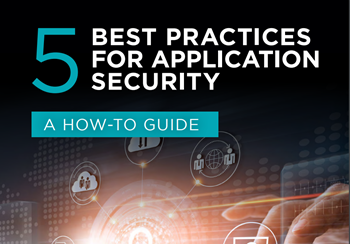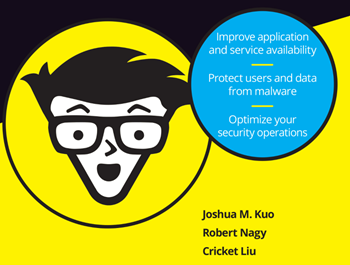From banks and stores, to electricity, airlines and mobile service providers, every firm now interacts with the majority of their customers digitally. Through apps and websites, payments and transactions are performed in staggering numbers, with users accessing an increasingly wide range of online services.
For protection, your business may run a firewall and have malware-hunting software running on all devices. But the volume of incoming network traffic from customers can hide a growing array of risk and threat. Ensuring your customers are who they say they are, protecting their privacy and managing their profiles across the business are a key part of modern digital transformation and building customer trust and engagement.
Firewalls and malware apps don’t help the business when it comes to customers accessing services, with broken authentication a growing threat where hackers can impersonate legitimate users. All firms need a range of security measures to protect both themselves and customers, from first sign-up to each and every transaction or engagement.
Step forward Customer Identity and Access Management (CIAM) to protect both a businesses’ reputation and its customer data. As a service, it reaches across user convenience, privacy and security, allowing customers to sign-up and login quickly - a critical function for building customer loyalty in an increasingly digital world where a second’s or a confusing step in the process can lose business.
The rise of CIAM in business
With tighter privacy needing to be addressed by all firms, CIAM solutions play a key role as the gatekeeper, helping to protect consumer data while ensuring they can gain easy yet secure access across your company services, websites or mobile apps.
To manage digital identity and build consumer trust, CIAM solutions support the authentication and authorization of customers. They help build welcoming customer access experiences from login to setting user preferences and enable the ease-of-access that all customers expect while protecting their data and privacy.
While CIAM’s features may sound complex, they deliver a service that’s simple to deploy with any existing infrastructure. They include adaptive multi-factor authentication (Adaptive MFA) and single sign-on (SSO) that checks the context of a log-in or authentication request, boosting security and remaining flexible to the user. Social authentication helps authenticate users from any social media service or identity provider, allowing customers to sign in with an existing account to minimize friction and prevent them having to create yet another account that needs a new complex password.
CIAM tools also help create a consistent user experience (UX) for customers across your services, sites and app footprint. Just as Apple and Google allow access to a multitude of services through a single log-in, CIAM can deliver everything your customer needs without creating roadblocks, while applying access policies to different types of user or customer.
Access as a business-critical feature
With rising volumes of legislation including the likes of the EU’s GDPR, CCPA (California Consumer Privacy Act) and other regional variants, every firm needs to ensure customer privacy and security. EU governments have already hit firms with around £250 million ($350 million) in fines and that figure is expected to grow fast, especially as digital access becomes the norm for the vast majority of business customers across banking, utilities, retail and travel.
All it takes is one data breach, one case of identity theft or a major access outage and a company could suffer considerable reputational damage and incur large legal costs. Using CIAM to make access simpler and more secure benefits both the business and customers.
Using authentication to ensure a user’s identity helps to maintain data privacy and prevent the risk of fraud and data breaches. As the numbers of customers grow and they interact more with a business, there’s a greater need for CIAM to automate and manage the processes to let the company focus on its key missions.
Tools like CIAM help in that effort and save firms from spending time and money on building a complex solution when there are already ready-to-run services available that will integrate with other business tools.
Access the latest business knowledge in IT
Get Access




Comments
Join the conversation...